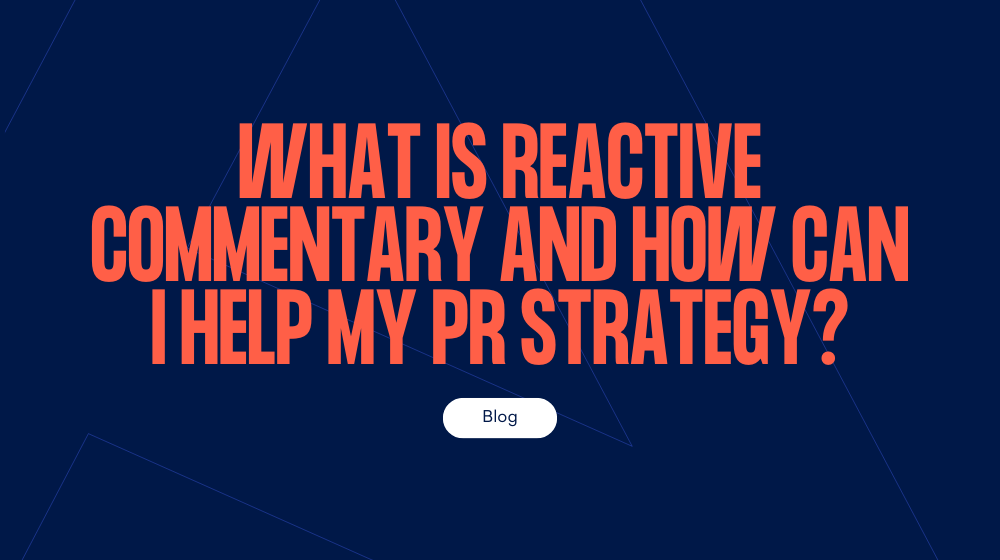Reactive commentary is all about using the news agenda as a way to put ideas forward and demonstrate insight based on experience and expertise. That doesn’t mean going after anything and everything. Pick the news stories that will allow you to sell your expertise in the best way.
Here is our guide to the process of news jacking and how to make it work as part of your PR strategy:
Have a strong, opinion
So, a new report, government announcement or statistics are revealed. Journalists around the world are scrambling to get comments from companies, large and small. If you are going to be heard, you need to be bold. Be concise and say something different, thinking about the bigger picture and draw on real experiences to bring it to life.
Be quick
Any journalist worth their salt will have a black book jam-packed with expert commentators that they know they can rely on when a story breaks. The trick is to get to the journalist before they have time to approach these contacts. It helps to be prepared – know who the spokespeople are for what areas and plan ahead to make sure you know of any key announcements. Monthly sector sales figures, for example, can be fed into the diary in advance so you are quick off the mark when they land. Once it goes live, work with your PR team to prep a comment quickly – ideally within the hour.
Don’t sell
As with any interaction with a journalist, they will be instantly put off if you start pushing products or services. Reactive commentary isn’t about direct sales. It’s about the bigger picture – brand and profile building, which will ultimately encourage engagement and lead to those all-important sales. Of course, use examples and results to bring your comment to life (in fact, journalists love this!), but avoid anything overly ‘salesy’.
Don’t fixate on results
When done well, with the right content and at the right time, reactive comments can generate great positioning in national and international publications. However, it isn’t as easy as writing one short comment once and seeing your name splashed across the front page of the Financial Times. Sometimes it can be a longer game. If a comment doesn’t get immediate coverage, it will still put the spokesperson on the radar of top tier journalists and essentially make them a new contact in that black book we mentioned earlier. It could also result in coverage further down the line when the journalist revisits the topic for a more in-depth article.
The key here is consistency across multiple touchpoints – if you’re providing comment on an annual report or monthly figures, then create another one the following month. Turn that comment into a blog for the website, share your thoughts on social media and discuss the topic at industry events.
Photo by Eugene Chystiakov on Unsplash




